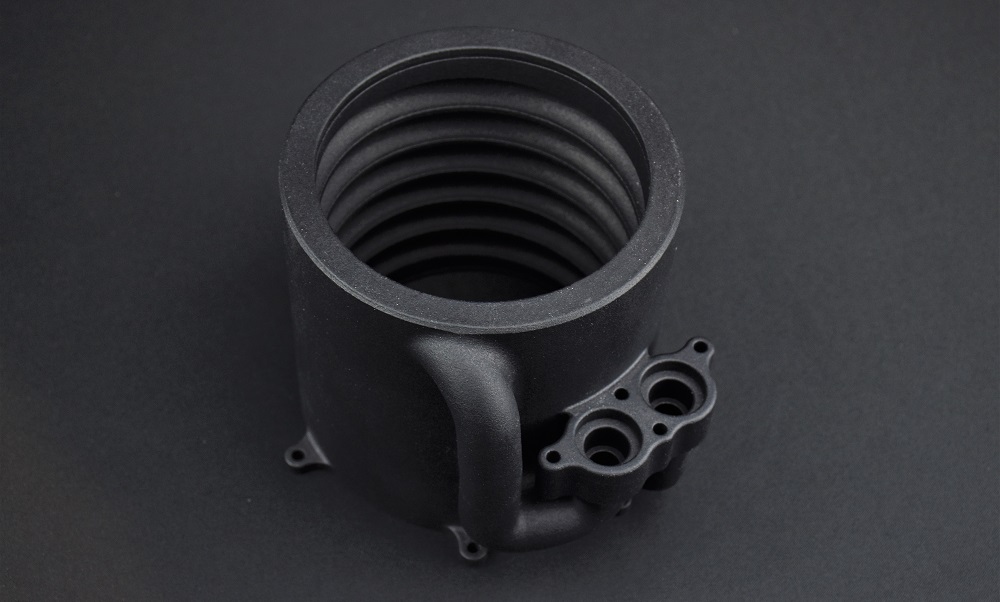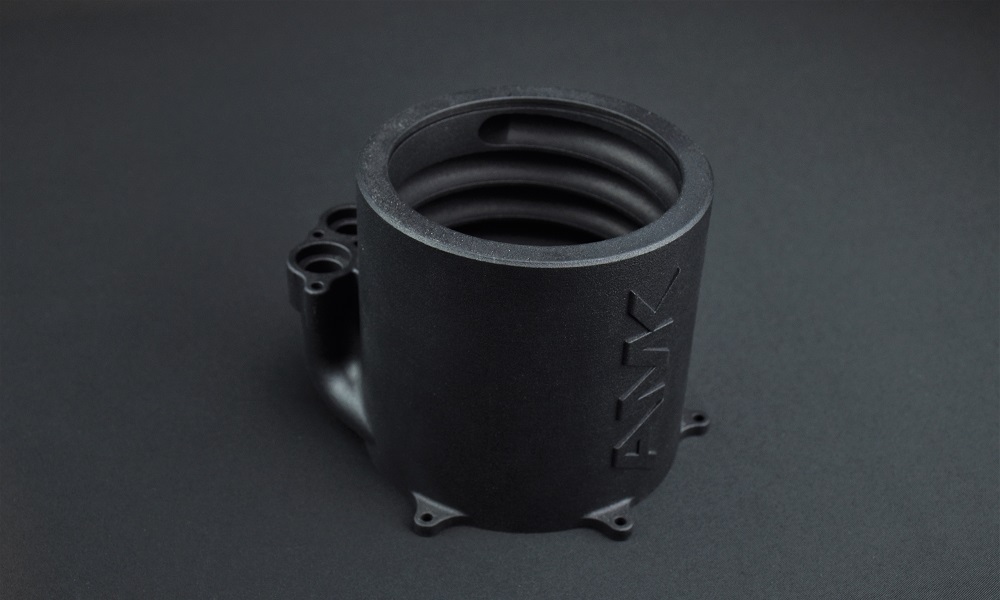Sculpteo 3D printing automotive parts for UoP Racing Team
Posted By Lucie Gaget on Dec 6, 2020 | 0 comments
We discussed with Periklis Petsinis, operator of the Vehicle Dynamics subteam of UoP Racing Team. He recently worked with Sculpteo’s 3D printing service to manufacture automotive parts. What are the advantages of 3D printing and design for additive manufacturing for automotive projects? How can Sculpteo’s team help you with your design or help you make the best material choice according to the specificities of your project? Discover Periklis Petsinis’s experience with Sculpteo’s 3D printing service.
- Can you present UoP Racing Team and the project you are working on?
UoP Racing Τeam is a Formula Student team founded in 2002 by Laboratory of Manufacturing Systems and Automation (LMS), based in Patras, Greece. Our goal is to design, develop, and manufacture an electric race car in order to compete with teams from other universities in the world-renowned competition Formula Student.
- According to you, what are the advantages of using additive manufacturing for automotive projects?
With additive manufacturing, complex geometries can be produced. Another huge advantage is the flexibility offered by this technology all along the manufacturing process. 3D printing is allowing mass customization and the implementation of perfectly adapted prototypes in vehicles, like in our project.
- What is your experience with 3D printing?
As a team, we have used 3D printing for the manufacturing of certain parts from plastics. The design freedom and low cost of 3D printing give us the possibility to design and integrate parts on our vehicle that could not be manufactured with any other conventional manufacturing process.
We used 3D printing to manufacture our cooling jackets for the cooling system of our current vehicle. The material for the manufacturing process of this part was PA12, as we were looking for a 3D printing material with good thermal and mechanical properties. The 3D printing process used for the production of this part was MultiJet Fusion.
- Why was 3D printing the best solution to manufacture these vehicle parts?
3D printing was crucial for the manufacturing of these parts. Conventional machines, such as a 5-axis CNC milling machine, were suitable only if we divided this part into more pieces and then bolting those parts together. 3D printing allowed us to significantly improve the assembly aspect of the part and made it possible to manufacture this specific part in a single piece.
3D printing helped us meet these requirements and resulted in a product of quality in a short period of time, something really crucial for a project like Formula Student.
- What solutions did Sculpteo bring to you in this project?
The cooling jackets are part of our vehicle’s cooling system. Therefore, they have to be heat resistant. As a team, we designed the part and Sculpteo provided us the material which was most suitable for this situation. Scuplteo’s solution was PA12, a material with great mechanical and thermal properties, appropriate for this automotive project.
Sculpteo’s team helped us a lot with the material selection and the production of the cooling jackets. We were provided with PA12 plastic and their expertise in the printing process, resulting in a product of great quality.
- Will you use additive manufacturing for your next projects?
Additive manufacturing is a growing industry that can provide parts with great mechanical properties and solutions with limited geometric constraints. We certainly see ourselves using additive manufacturing again in the future for other parts in order to improve the performance of our next vehicles.
Do you have an automotive project? Discover what Sculpteo’s online 3D printing service can do for you!
Design development, rapid prototyping, custom parts, improvement of the supply-chain: additive manufacturing has a lot to offer to the automotive industry!
In order to implement additive manufacturing inside a demanding sector, such as the automotive industry, you need to use adapted materials. The mechanical properties expected from traditional manufacturing are now available with 3D Printing with high-performance materials. Some advanced 3D printing materials such as Ultrasint® PP nat 01 or Ultrasint® PA6 FR could be perfectly adapted to your projects, thanks to their strength or their thermal properties.
Don’t wait any longer, contact us, or upload directly your 3D file on our online 3D printing service.


 Connect with Google
Connect with Google Connect with Facebook
Connect with Facebook
